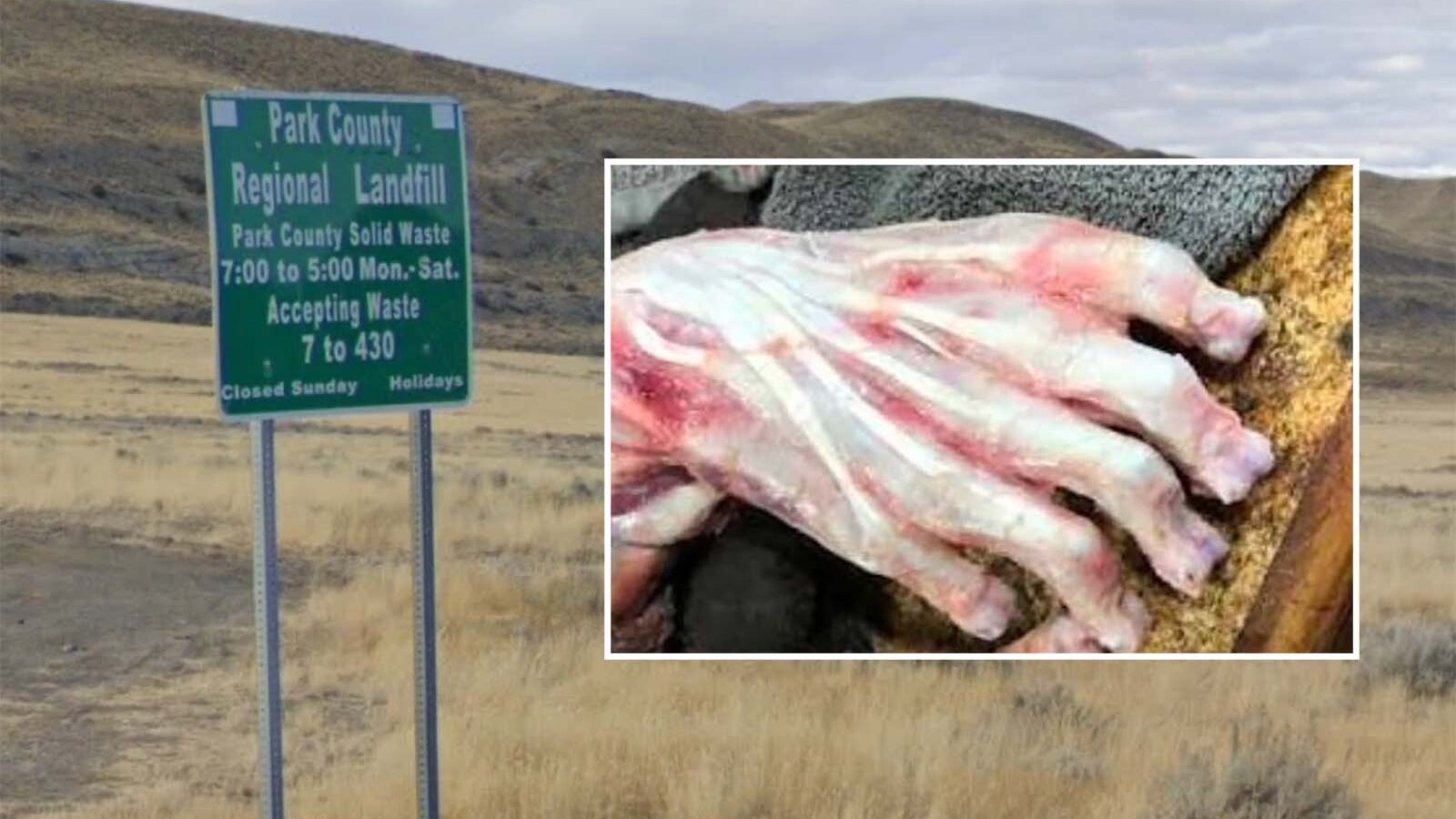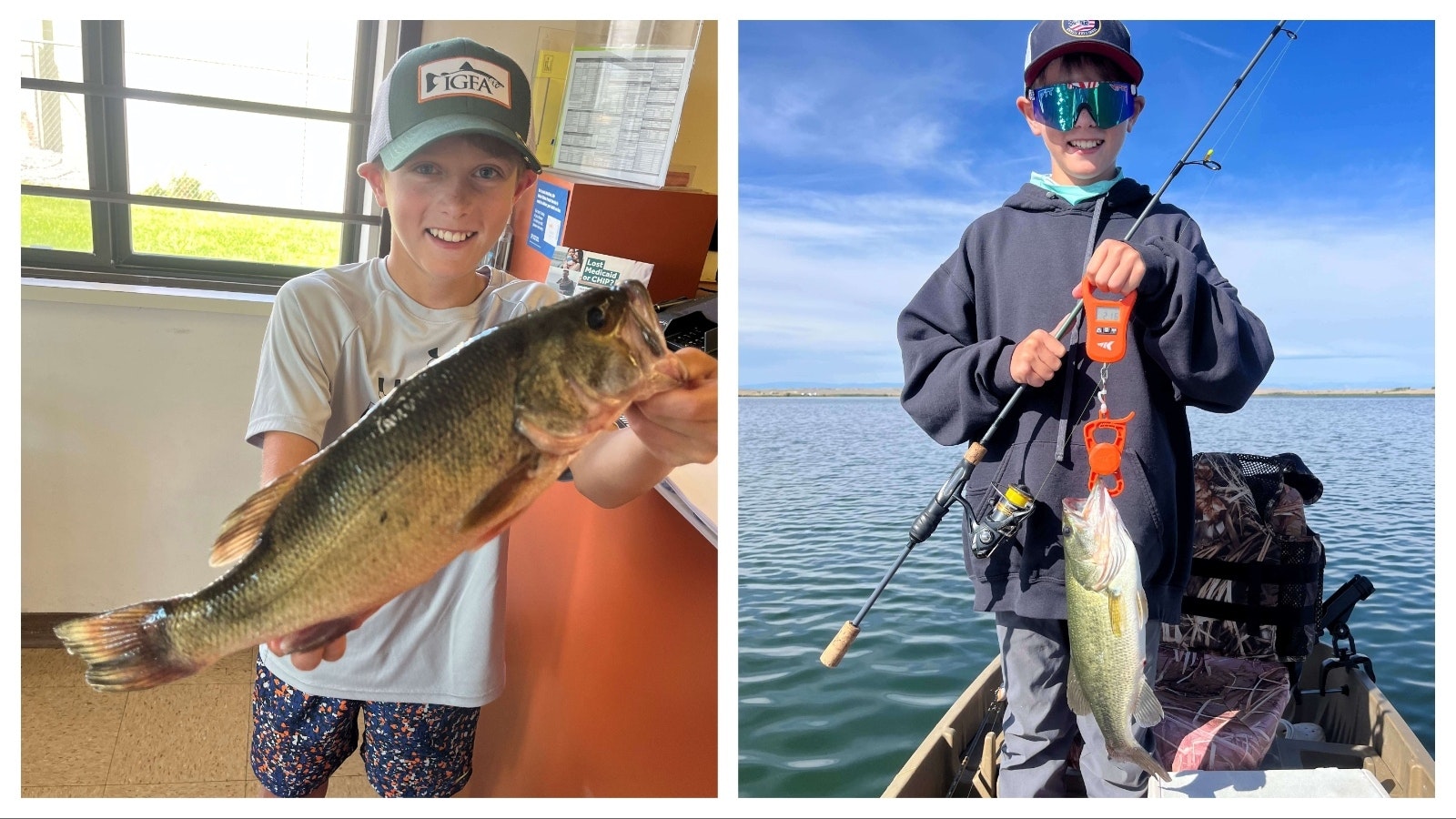The August 2009 cover of National Geographic featured a stunning aerial photograph of Grand Prismatic Spring. That photo, and others like it, have exploded the global profile of the feature that’s made for a permanent change to the future of tourism for Yellowstone National Park.
Grand Prismatic Spring has always been one of Yellowstone’s most scenic spots, but the popularity of the world’s third-largest hot spring has skyrocketed in the last two decades. It’s become one of the park’s most recognizable and sought-after destinations, second only to Old Faithful.
In the 21st century, Grand Prismatic Spring has become Yellowstone’s social media darling, making it more popular — and bothersome — than ever.
“As fortunate as it is that any element of Yellowstone becomes so popular and increases support for the park,” said author and lifelong Yellowstone employee and enthusiast Jeff Henry. “The more popular it is, the more heavily it’s visited, and that lessens the quality of a Yellowstone visit.”
Always Grand
The earliest documentation of Grand Prismatic Spring dates back to 1839.
Osborne Russell, a trapper and mountain man, described the “boiling lake” in such detail that it’s also the earliest written account of a Yellowstone thermal feature that can be definitively identified.
“The stream which arose from it was of three distinct Colors from the west side for one third of the diameter it was white, in the middle it was pale red, and the remaining third on the east light sky blue,” Russell wrote. “What a field of speculation this presents for chemist and geologist.”
The Hayden expedition of 1871 provided the first detailed description of the thermal feature by a geologist. Ferdinand Hayden described it as “the handsomest spring in the whole park” and christened it “Grand Prismatic Spring” because of the brilliant colors of its water and steam.
Since Yellowstone's inception, Grand Prismatic has been renowned for its beauty and immense size. However, it wasn’t a particularly popular destination for tourists.
Instead, it was admired from above and afar while people hurried along the Grand Loop Road to other destinations like Old Faithful and the Norris Geyser Basin.
Henry, who has worked in Yellowstone since 1977, recalls Grand Prismatic as a quiet, uncrowded spot for most of his career.
“It was always a beautiful feature and had a lot of appeal, but it didn’t seem to have much cachet with the visiting public until fairly recently,” he said. “It looks the same as it did when I first arrived in Yellowstone.”
Henry can also claim to be one of the few people to venture onto the surface of Grand Prismatic Spring. He collected scientific data on the hot spring with legendary Yellowstone geologist Rick Hutchinson, riding in his specially designed “Little Dipper” boat that could safely float on the scorchingly hot water.
“I always told Rick, ‘This is pretty cool,’ and he’d always correct me by saying, ‘No, it’s not cool at all. It’s very hot.’”
Prismatic Popularity
Today, a visit to Grand Prismatic Spring can be just as beautiful, but not quite as serene. During most of the summer season, the small parking lots and two-lane section of the Grand Loop Road passing by the thermal basin are always well beyond capacity.
“Grand Prismatic is so popular that if you don’t get there before noon, a 30-minute visit turns into a two-hour experience,” said Alvin Heggie, the owner of the Yellowstone tour company Cody Shuttles. “It’s not quite as popular as Old Faithful, but it’s close.”
Heggie said that Grand Prismatic Spring has become one of the most requested destinations in Yellowstone, especially for first-time visitors. Other tour companies have experienced the same incredible rise in its popularity.
“I’d say three-fourths of our clients expressly ask to see Grand Prismatic,” he said. “If someone has Grand Prismatic as a must-see item, we have one of their days with us be ‘Grand Prismatic or bust,’ and we adjust and curate our tour specifically for that.”
One sign of Grand Prismatic’s meteoric rise in popularity is the Grand Prismatic Overlook. The trail unofficially existed as far back as 1997, along the route to Fairy Falls, but the National Park Service built an established trail and overlook after a man was killed when a lodgepole pine on the ridge fell on him.
The 0.6-mile, 105-foot elevation Grand Prismatic Overlook Trail opened in 2017. It’s since become one of the most popular trails in the park, and the small parking lots at the Fairy Falls trailhead are nearly always overflowing.
“The overlook is always full, and everyone is willing to do the 20-minute hike to get there,” Heggie said. “It’s wonderful to see so many people commit to getting there because the last 300 yards will definitely verify your intentions. It’s an incredibly popular trail.”
Henry is surprised by how far people are willing to go to view Grand Prismatic. That’s decidedly not typical of the typical Yellowstone tourist.
“They’ll park three-quarters a mile from the boardwalk and the trailhead, and they’re willing to walk that far,” he said. “That’s really rare in my experience. Many of those people aren’t willing to park that far away from Old Faithful.”

Influencer Culture
What’s caused Grand Prismatic Spring to become one of the most iconic spots in Yellowstone? Henry has a theory.
“Social media has a lot to do with it,” he said. “It primed the pump for increased attention from the visiting public.”
The best way to see Grand Prismatic in all its splendor is from above, which wasn’t easily accessible to most Yellowstone tourists in the park’s 150-year history. As aerial photography became more popular, more people saw the best views of the massive hot spring.
National Geographic photographer George Steinmetz stood on the skids of a helicopter to get the famous shot that adorned the magazine’s 2009 issue. Similar photos and videos obtained from drones and other aerial vehicles have been featured in numerous magazines and documentaries and frequently appear on Yellowstone’s social media channels.
Although public drones are banned throughout the national parks, the images acquired by previous flyovers have been widely seen and circulated since.
“Those aerial photos are iconic,” Heggie said. “Many businesses that work in and outside of Yellowstone have Grand Prismatic photos on their website. Heck, there’s one on the homepage of my website.”
Grand Prismatic Spring has become Yellowstone's social media star because of its impressive appearance from above. In that respect, it might have already eclipsed Old Faithful as the thermal feature with the biggest social media impact.
“Everyone that sees those photographs can put them on Facebook or some other social media site, and they get spread from there,” Henry said. “It was always a very cool site to visit, but social media played a big role in making it so popular. Undoubtedly.”
Popularity Problems
Another sign of Grand Prismatic’s recent and rapid rise to the top of Yellowstone’s “must-see list” is that the region's infrastructure isn’t designed to accommodate the increasingly high volume of tourist traffic.
In addition to spare parking and the two-lane road adjacent to Grand Prismatic, the hot spring’s position between Old Faithful and Norris makes traffic a perpetual problem on that section of the Grand Loop Road.
“On a really busy day, without any bison jams or construction, you could be sitting on that 30-mile stretch of the Grand Loop Road for 90 minutes or more,” Heggie said. “That’s no fun for anyone visiting, but that much congestion on a daily basis breeds other issues.”
Heavy traffic increases the risk of incidents between vehicles, people, and wildlife, especially with so many people parking and walking so far to reach the boardwalk and the trailhead. A new unmarked parking lot, built to accommodate the Grand Falls Overlook, isn’t even paved.
“I kind of like the fact that it’s unmarked, but I’ve seen a truck break an axle in that parking lot,” Heggie said. “It’s a problem, and I don’t know how they could alleviate it other than modernizing the entire area.”
Heggie and many other tour operators would like to see the primary parking lot at the beginning of the boardwalk expanded and the entryway widened to accommodate the tour buses already wedging their way through the narrow corridor. They see it as a safety issue that should be addressed.
Meanwhile, any additional infrastructure would have an enormous environmental impact. Henry has mixed feelings about the development that has already been done to accommodate the incredible influx of Grand Prismatic visitors.
“They constructed that parking lot in a geothermally-influence meadow that was very important winter range for elk and bison,” he said. “I don’t know how they could expand access without having a significant impact on the area. No matter where or what you build, it’s a geothermally active area.”
Prismatic Perpetuity
In less than twenty years, Grand Prismatic Spring has transformed from a beautiful backwater into one of the busiest and most popular places in Yellowstone National Park.
One thing seems certain: Grand Prismatic's popularity isn’t a fad that will eventually ebb away. It’s earned a permanent place on the hierarchy of Yellowstone, and it’s not going anywhere.
“At this point, you’ll have as many people wanting to see Grand Prismatic in the summer than there used to be visiting the park in an entire year,” Heggie said. “Even in the last three or four years, its popularity has notably increased.”
Many long-time Yellowstone enthusiasts see Grand Prismatic as emblematic of the surge of tourism in the Greater Yellowstone Ecosystem driven by social media. That comes with positive and negative impacts, which the National Park Service will navigate and accommodate as the park’s annual visitation continues to increase.
Nevertheless, Grand Prismatic Spring and its social media influence probably won’t be enough to usurp Yellowstone’s ultimate icon. Old Faithful isn’t as colorful but still towers over everything else.
“Missing out on Grand Prismatic isn’t like missing out on Old Faithful,” Heggie said. “If people don’t see Old Faithful, they feel like they haven’t been to Yellowstone. But Grand Prismatic is easily Number 2 now.”
Henry also has faith in Old Faithful, but that doesn’t mean Grand Prismatic will lose any of its colorful allure.
“Old Faithful is probably the most iconic feature in any national park, anywhere in the world,” he said. “I don't think that Grand Prismatic or anything else will ever overtake Old Faithful, but I do think Grand Prismatic’s popularity will snowball because of its influence on social media. That’s the nature of social media.”
Andrew Rossi can be reached at arossi@cowboystatedaily.com.








